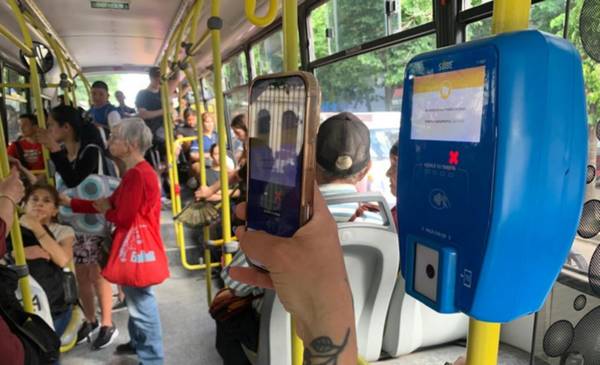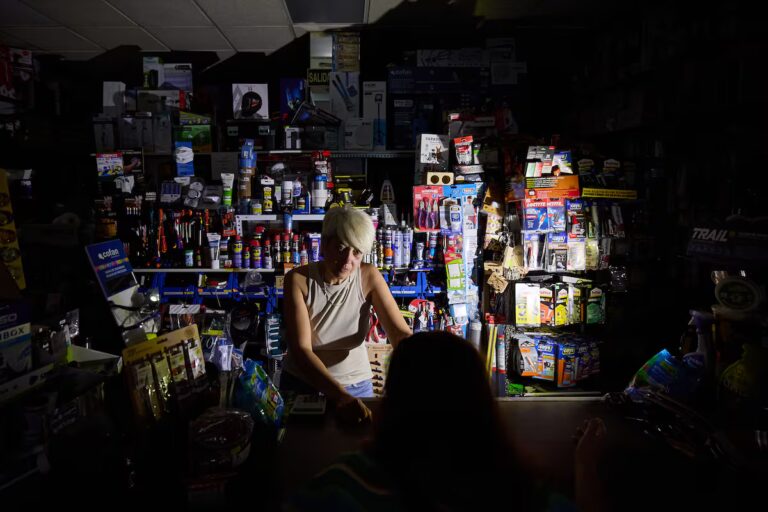
This system speeds up payments and does not require the internet / Roberto Acosta
Over the past week, simpler and supposedly more “modern” payment options have become available when traveling by bus around the city. You can pay with a QR code just like you would when shopping. This system has already been approved by AMBA, but is gradually becoming popular in La Plata’s transport system to simplify travel as an alternative to the SUBE card.
The innovations that have been taking place in public transportation in the Buenos Aires metropolitan area for some time are finally starting to reach La Plata. Since last week, users of the Union Pratense Urban Line have been able to pay for their tickets with a QR code or credit or debit card, both physically and virtually. Although this method is not available on all buses, it is here to stay.
“You can pay with QR (MODO, Mercado Pago), physical debit cards, credit cards, and with a mobile phone equipped with NFC via a card loaded into a virtual wallet,” the company reported.
The new system has already been installed on North-South Routes 214 and 273, and will soon be installed on Route 520, the only route not yet installed. “It will be expanded to all lines of the company and then across the region,” it added.
This novelty is part of the broader process of opening up the SUBE system to new payment methods, promoted by the central government through Decree 698/2024.
The program aims to modernize the public transport network and expand passenger choice.
In AMBA, this modality is already operational on six national highways, including the 338 (TALP) and 406, which connect La Plata with various points on the outskirts of Buenos Aires.
In fact, this new mechanism will allow passengers to pay for their tickets without having a balance on SUBE. All you need is a “contactless” card, a plastic credit or debit card that uses NFC (near field communication) technology to make payments by holding it close to a terminal, or a linked digital wallet. The steps are simple. When boarding a bus, users indicate their destination and hold their device or card close to the validator below the reader screen. If you choose to pay with QR, you will need to generate a code from your SUBE app, Mercado Pago, or BNA+ wallet and point it to the reader at the bottom of the payment machine.
The ticket value is the same as for registered SUBEs, and those using the card physically or digitally will continue to have access to regional benefits and combined discounts established by each jurisdiction.
“For now, we do not know when the installation of the system in all units will be completed, because it does not depend on us,” Union Pratense revealed. However, sources stressed that the implementation is “progressing without any problems.”
On the other hand, the arrival of this modality marks a new step in the digitalization and modernization of the region’s public transport, a trend that is already commonplace in other large cities and is now beginning to take shape in the capital Buenos Aires.
“I don’t really know how to use it. I don’t even know if I can use my cell phone. For now, it will be one less card in my wallet,” José analyzed at the stop in Plaza San Martín, amazed at the novelty.



